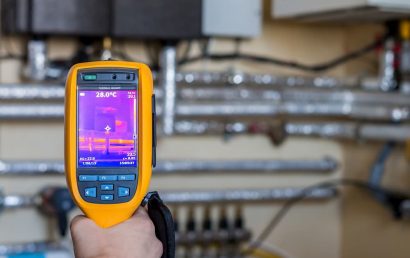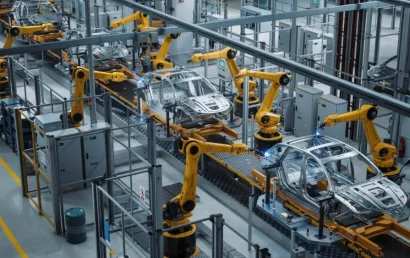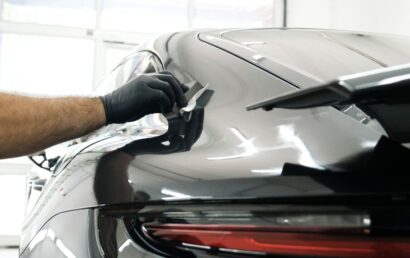Is Your Equipment Adequately Protected Against These Corrosive Acids And Bases?
What is meant by corrosiveness?
When it comes to corrosive acids and bases – particularly in the case of living tissue – it refers to how badly surfaces are damaged upon contact. Strong bases and acids such as sodium hydroxide and hydrofluoric acid have a very low or very high pH. When being handled, they require extensive caution because they are extremely corrosive. They will eat through bone and tissue if not managed carefully.
In general, the handling of corrosive materials can damage metal, the digestive tract, the respiratory tract, eyes, and skin.
Here we are going to examine the most corrosive acids and bases in existence. If your equipment deals with any of the following substances, it is essential that you protect it in every way possible. One of the best ways to protect equipment to avoid costly breakdowns and replacement is with today’s thermal spray coatings.
At the end of this piece, we’ll tell you the best way to access such protective coatings.
Sodium Hydroxide
Lye, caustic soda, or sodium hydroxide, of all known bases, is one of the most corrosive on our list. When diluted, it generates significant heat. In the solution (with water), it has a very great concentration of alkali elements, classifying it as having very “high alkalinity”.
Sulfuric Acid
Commonly used in fertilizer, sulfuric acid is also used in battery fluid, drain cleaners, and more. From its surrounding environment, it attracts water molecules giving it a classification as “hygroscopic”. Skin dehydration, chemical injuries, and thermal injuries are included in the damage that can be caused through sulfuric acid contact.
Hydrofluoric Acid
HF or hydrofluoric acid can, on contact, decalcify bone and destroy living tissue. In quantities as low as 100 mL, it can be fatal. In a gaseous state, HF can cause fatal pulmonary edema after inhaling no more than a single lungful.
HCl (Hydrochloric Acid)
Also referred to as muriatic acid, hydrochloric acid is HCl gas’s (hydrogen chloride) aqueous solution. It is used in home cleaning agents and industrial solutions as a major component of gastric acid. HCl can eat through bronze and stainless steel.
Handling Corrosive Products
Numerous industries deal with the handling of corrosive materials, including those who store such materials as a business. Though many of these companies rely on stainless steel as a safe material for parts, components, tanks, and more, added protection can be achieved through the appropriate thermal spray coating.
Other corrosive materials can include the following bases:
- Caustic potash or potassium hydroxide
- Ammonium hydroxide
… and the following acids.
- Acetic acid
- Chronic acid
- Nitric acid
The Best Way to Adequately Protect Equipment
A&A Coatings knows how to protect your equipment, even if you’re not sure exactly which material and/or application method would work best and serve your needs to the fullest. Chances are, we are already helping someone in your industry with protective coatings. Guard your productivity by protecting your parts, components, and machinery.
Speak to one of our technicians today to find out how A&A Coatings can be of assistance. Decrease repair expenses, lessen downtime and maintenance costs, and improve your bottom line with thermal spray coatings.



